Dirty Alchemy
Part 3 (of 5):
Why traditional (factory-inspired) business principles kill your heart-centered business

Why traditional (factory-inspired) business principles kill your heart-centered business
Part 3 (of 5): It should be more obvious…
Here’s what we know:
Part 2 (of 5): The promised 15 hour work week – that never came close to happening.
- Economists in the 1930’s predicted that we’d only have to work 15 hours/week due to industrialization, but “the powers that be” benefit from us being overworked & distracted.
- We’ve been conditioned by a factory-oriented school system & society.
- It’s not your fault that your business feels exhausting.
- Abundance is natural, but it’s difficult to tap into when disconnected from Nature & our natures.
In 2010 I had my first dark night of the soul.
I was in an environmental sustainability fellowship program & one of the required classes taught about climate science (shocker).
The instructor showed us a graphic of a bathtub with a faucet, a drain & a maximum fill line, called the “Carbon Bathtub.”
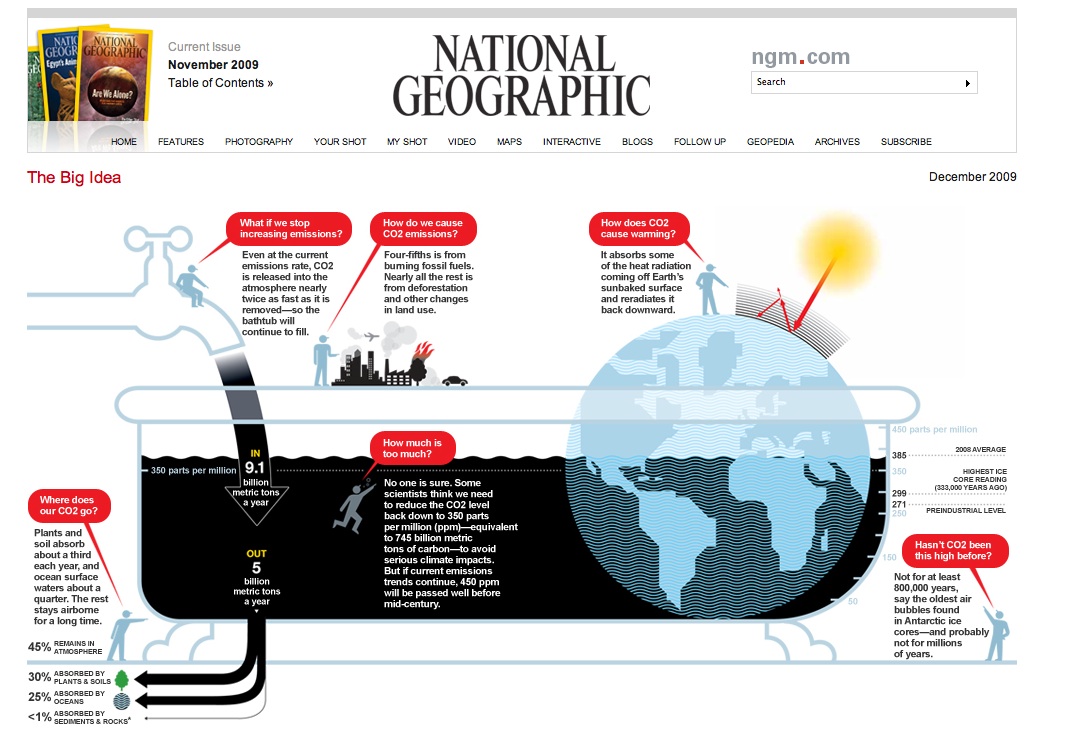
He told us that this bathtub represented the ability for the earth’s atmosphere to hold Carbon before it negatively impacts us —
— when those Greenhouse Gases start causing sea level rising, wildfires, droughts, famines…
The faucet at the top was us humans adding more Carbon to our atmosphere, and the drain represents Nature’s natural processes integrating and using the Carbon.
If we put in more Carbon than the drain can take out, the bathtub rises.
He said that if we go over the “maximum fill line” then what happens is essentially a “point of no return” where one devastation triggers another and another.
He then told us we were already at the maximum fill line.
In 2010. 15 years ago.
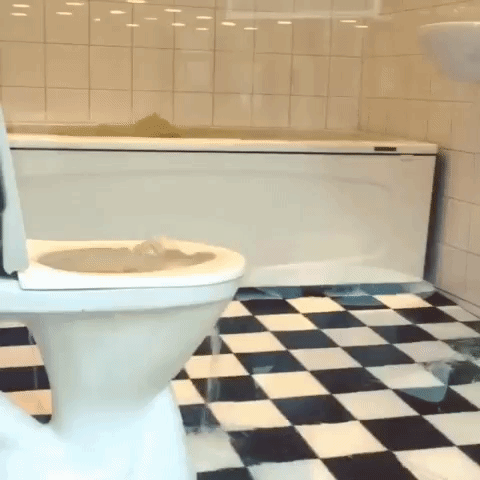
My dark night of the soul was really around the hopelessness of being alive on earth right now.
I’ve always been a problem solver that loves to bleed for the projects I’m working on, but in this case there wasn’t really anything to do? We’re fucked.
(Don’t worry, this isn’t ultimately a story of “well we’re totally fucked so do what you want bc we’re screwed anyways…”)
It took me a couple years after this point, but thank the gods, I found permaculture and regenerative farming. These food-growing systems are inspired by Nature, and are essentially the past and current day practices of indigenous people who have lived in co-creative relationship with the lands they’re on.
These systems looked to Nature and not only found that it produced better tasting, more nutrient-dense food, but it also naturally creates a better quality of life, more fertile soil, and SEQUESTERS CARBON – aka it pulls carbon out of the atmosphere and holds it in the earth.
… essentially making that Carbon Bathtub drain much much bigger.
Let’s look a little deeper. (I promise this relates to your business, indulge me)
Nature-designed systems v. Human-designed systems
Imagine a garden. It’s a lovely little garden with some vegetable plants and maybe some flowers. You nurtured this garden from the beginning of spring. Prepared the soil. Picked out seeds and planted them. Watered it every day. Picked off pests when they tried to eat your beloved plants. Maybe even made a scarecrow to keep birds away.
What would happen if you went on vacation in the full heat of summer and left your garden for a week? A month?
(Hint: It would die.)
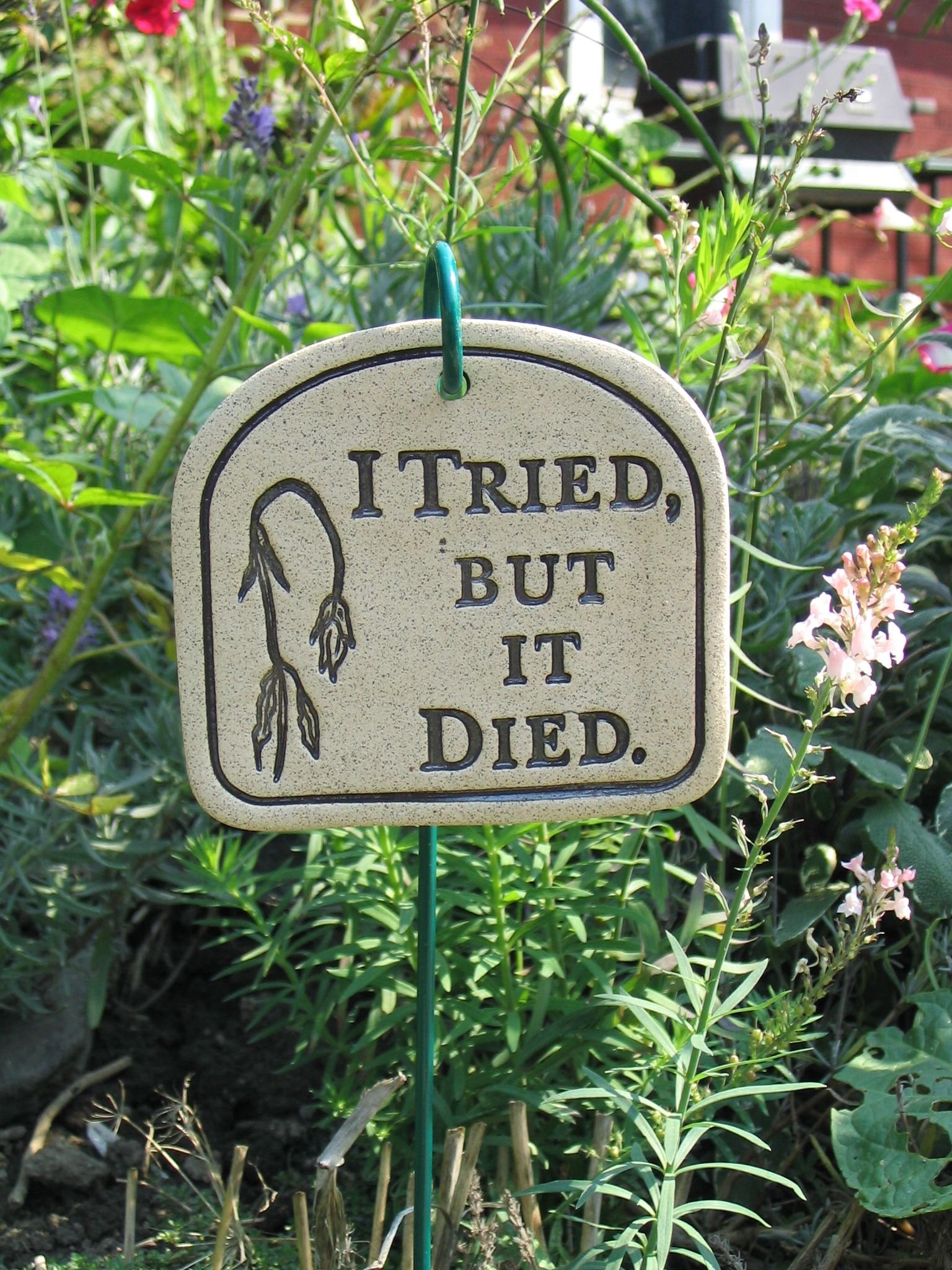

Now imagine a forest. Any forest.
Maybe it’s a rainforest in the Amazon or a tiny forested area by your house that you walk your dog through.
That forest has a few different tree species. It has birds and squirrels (or monkeys, if we’re talking Amazon). It probably has some berry bushes and grass or vining ground cover.
If you left that forest for a week, what would happen to it? For a month? A year?
Nothing.
Well, actually, a ton of things would happen in it. But all those things would lead to its continued life.
Our human-designed garden would shrivel and die, while the Earth-designed garden (a forest) thrives and lives on.
Then on the much-larger scale – with standard, conventional agriculture, you have a plot of land. You plant it with seeds and add chemical fertilizer so the plants have the nutrients they need to grow. You add chemical pesticides to kill all the insects that want to eat the salad bar you planted for them. The plants grow and pull nutrients from the soil and the air in the process. (That is, if the soil hasn’t already been depleted, in which case, you just throw on more chemical nutrients.) You then harvest the plant’s leaves or fruits, and pull out the rest of the plant because you’re done with that shit. You till the soil to prepare it for the next planting to start the process over again.
Standard, conventional agriculture is quite obviously all about the take, take, take. Production and efficiency over all else.
In sustainable, organic agriculture, you do the same as above, but you sub in organic chemicals for your fertilizer and pesticides. And perhaps you rotate what you grow with beans and cover crops to fix nitrogen into the soil. (In older times, they left a field fallow to rest between plantings and harvests.)
Here you sustain. You’re just keeping things as they are. It’s good enough to get by year after year. Unless you’re trying to keep up with a growing population.
With regenerative agriculture, we’re flipping agriculture on its head. Instead of trying to grow food, we’re aiming to grow fertile soil. With the focus on fertility at the root, the most delicious and nutrient-dense food on the planet is the natural byproduct. It’s the afterthought that just happens, almost like magic.
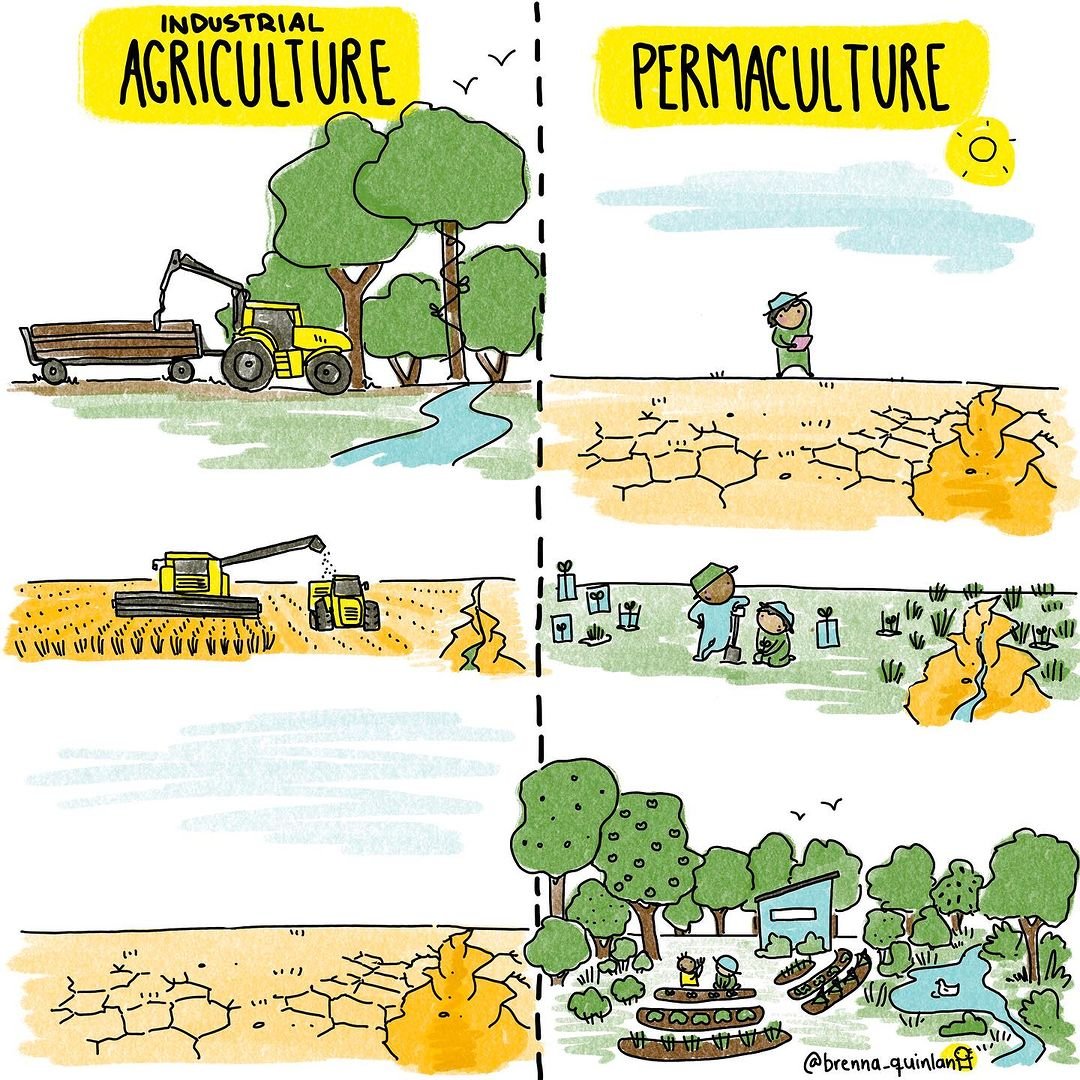
Really sit with the reality that focusing on the wrong results (more yield, faster growth, profits over everything) can actually bring about less delicious and nutritious food, and a less fulfilling and sexy life.
In terms of your business, you can think of conventional agriculture like sweatshops. They’re creating shitty-quality items that people don’t really care about and abusing their workers in the process.
The result of sustainable/organic agriculture is organic produce, so you could think of the result of a sustainable business as a comfortable lifestyle and a job you enjoy. Lovely!
But there’s something better.
With regenerative agriculture, the result is soil and fertility. And with regenerative business, the result is a ripple effect of clients who are similarly trying to grow a world that’s better.
Regenerative business creates fertile ground within you so you can unearth and express your soul purpose. It stewards a version of you that’s fully in bloom. It’s creative, healing, and intentional, and it births a better world for future generations.
Say yes.
The Shift…
It’s clear to see how the Industrial Revolution took a system that was fine (organic, sustainable farming) and made it fucked (conventional, chemical farming). Eyes were on efficiency above all else. Above fertile land. Above nutrient-dense, delicious food. Above healthy humans. Above any care at all for animals and other creatures.
With the industrial mindset, everything is a tool for us to exploit.
-
Money: How can we use it?
-
Humans: How can they be more productive?
-
Clients: They’re actually leads and sales.
-
Time: How can we get the most done in the least amount of time?
From the Industrial Mindset there’s an obsession with profit margin, versus seeing your support team as magical players who increase the fertility of the thriving garden that is your business. When you increase your business’s fertility, your success ripples out to your team’s families. To your clients. To our society. (Because fertility often breeds more fertility.)
In Nature-designed systems, everything has a role, and everything has consciousness.
In human-designed systems (through an industrial lens), everything is objectified and sapped of consciousness, including the humans working within the system. They become cogs in the machine that need to simply produce—and produce more at maximum efficiency.
Customers become not humans, but buyers.
If you’re depleted by the current-day explanation of business, I’m not surprised. It’s soulless. It dishonors our humanity. It degrades our spiritual inclinations to see the value and integrity of every element of our lives, including the pens we use to write down words, our computers, homes, and cars.
Once upon a time, all of us humans started with animism, a belief system in which all life has consciousness, including rocks, metals, and air.
When we tap into this, we tap into more power than we know. We tap into the truth that we’re not alone. And when we access the work we’re meant to do on the planet—the work you’re hopefully infusing into your business—you will be supported. You will create a sustainable business system and a full, juicy life.
Next week I’ll be back to look at actual examples of how businesses can be converted from factory-inspired >> to >> regenerative business ecosystem.
Until then I invite you to journal on the following:
-
How does my business make the world a better place?
-
What would life be like if I saw my people as magical beings capable of anything?
-
What if my offers and products were magical potions that as soon as my people came into contact with them, they transformed?
-
If my business were an ecosystem – what would it look like? Feel like?
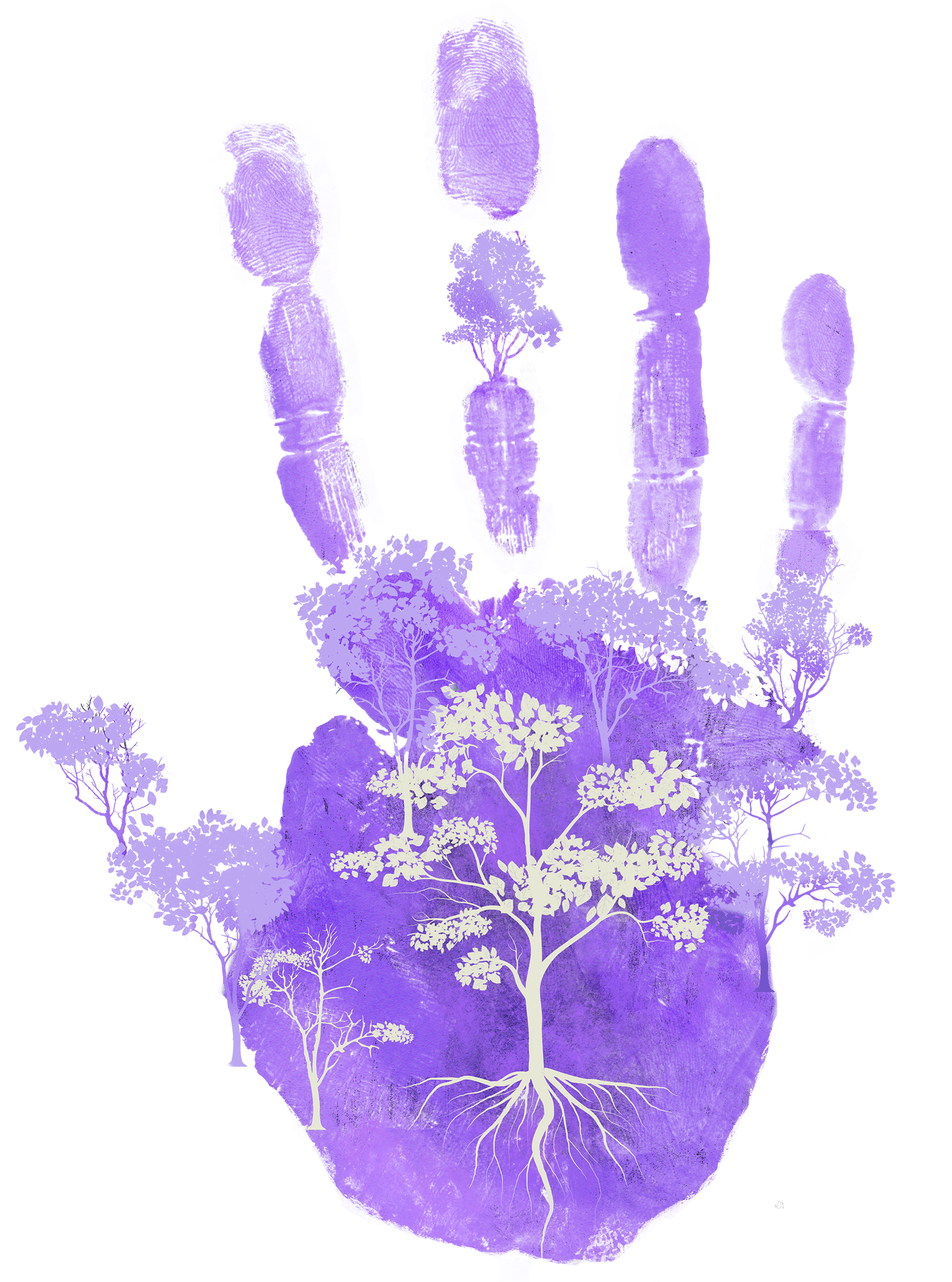
Here’s what we know:
- When nature designs it creates resilient, thriving, self-sustaining forests.
- When humans design they build exploitative factory farms – resilience comes from build/install phase for roots to go down – shiny objects = no roots ever take root
- Nature is a better designer than humans
- The reason business has been hard is because most people been running their business like a factory instead of a regenerative ecosystem
Click through to the next article in this series, so that we can transmute the bullshit and access the level of impact & success you’re destined for.
Already a member? Login Now >>
© 2024 DIRTY ALCHEMY INC, All Rights Reserved
PRIVACY | TERMS | DISCLAIMER